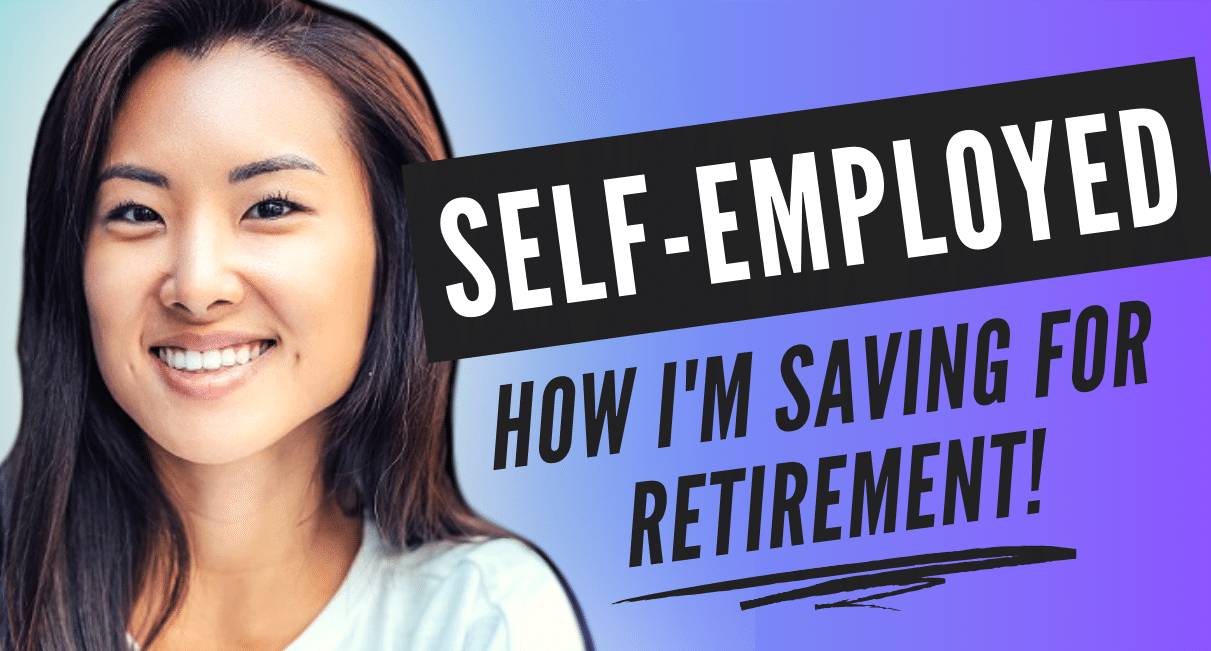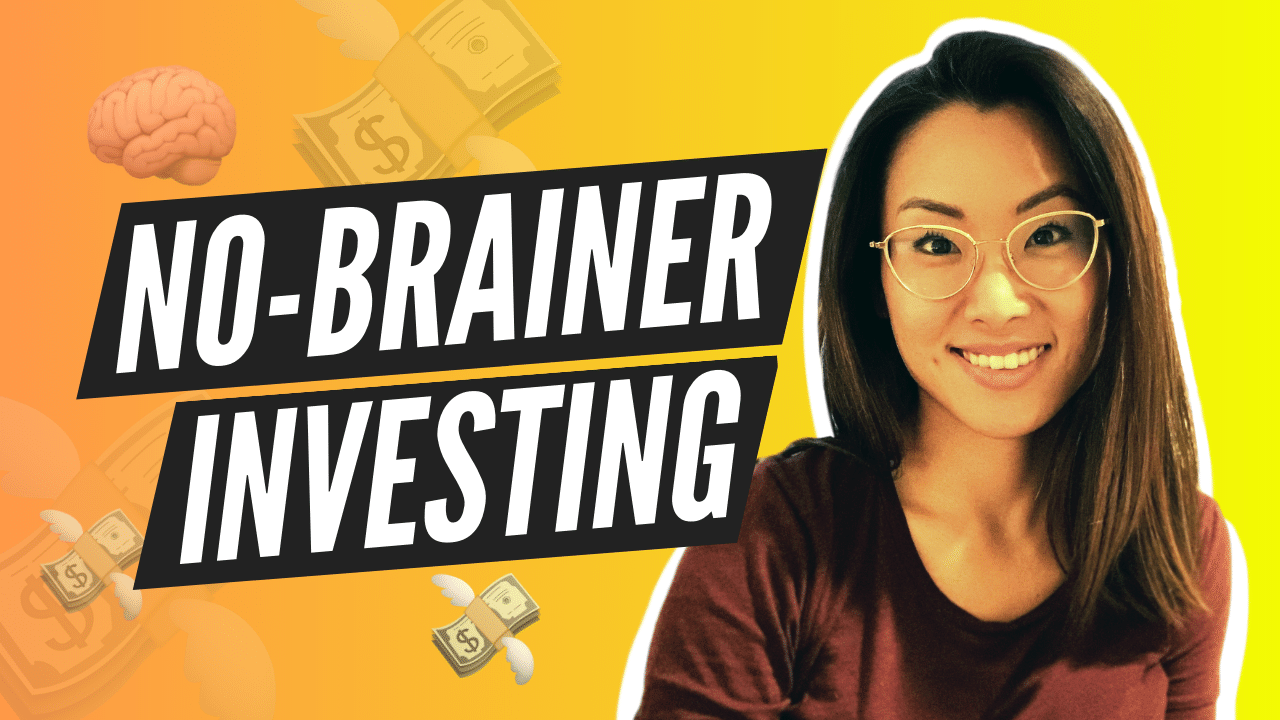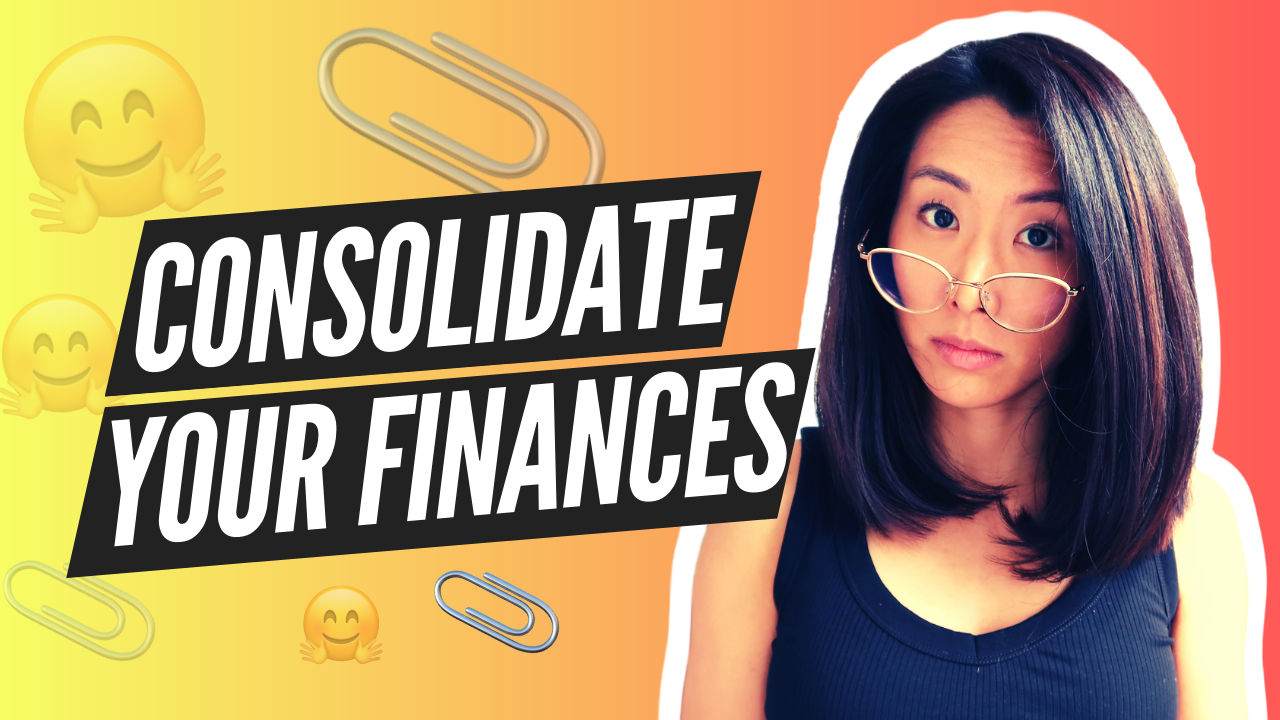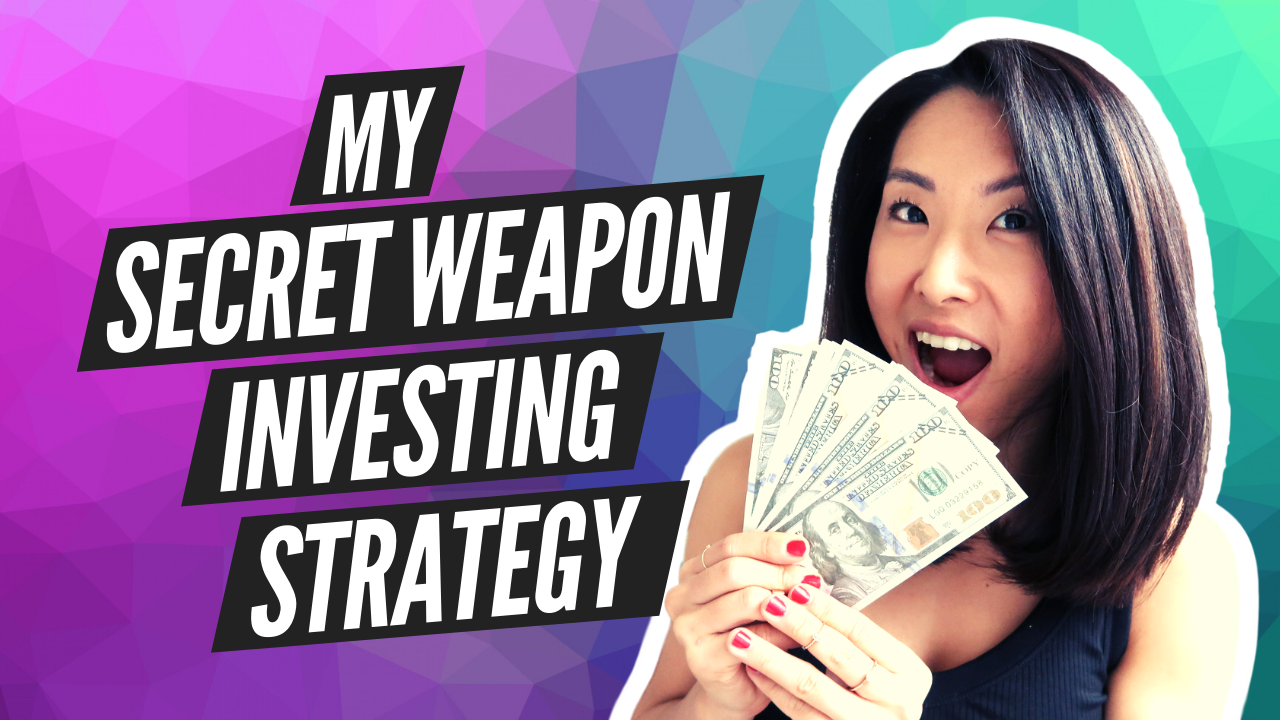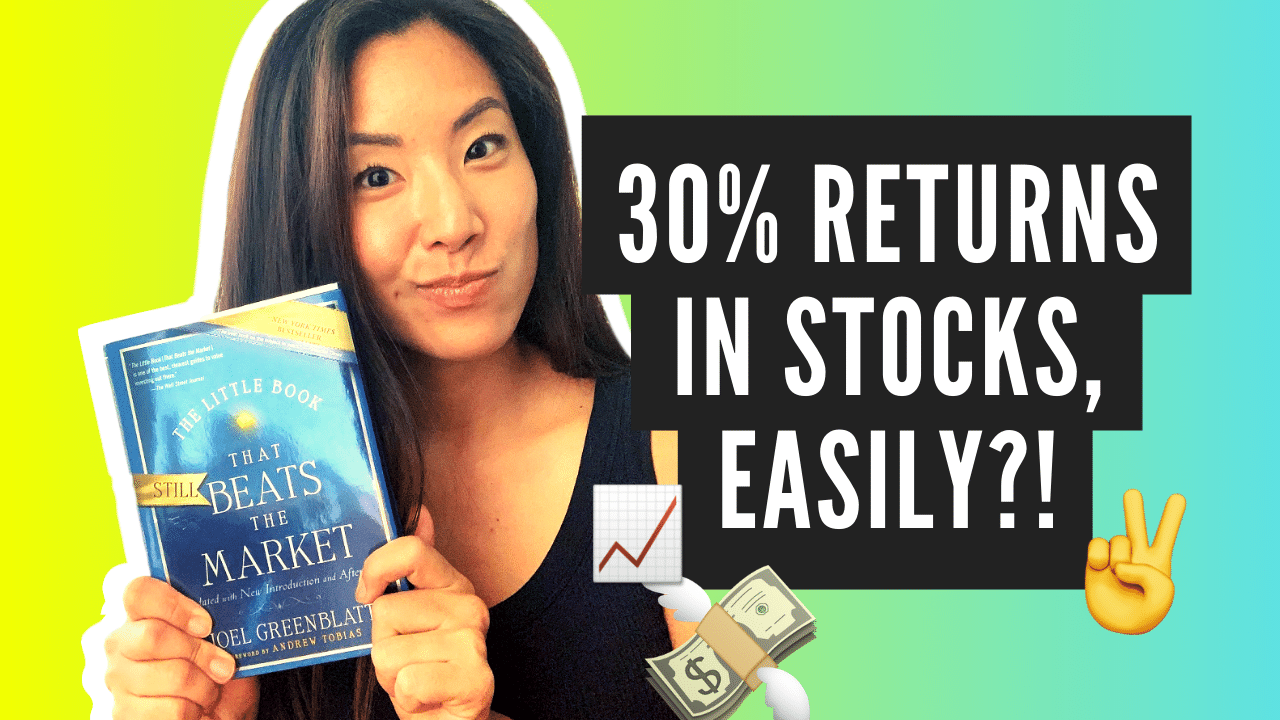If you’re a freelancer or solopreneur of any kind, then this blog post is for you! So all you real estate agents, models, digital nomads, consultants, coaches, yoga teachers, and anyone who makes 1099 income – I’m talking to you.
This also applies to you if you have a full-time job but you have a side gig that brings in 1099 income.
Just because you don’t have a 401(k) doesn’t mean you’re screwed. I used to have a 401(k), and when I quit my corporate job and started working for myself, I figured out that there are OTHER ways to save and invest for the future.
So if you want to learn more about how to use IRAs and take FULL advantage of all the tax-friendly ways to save for retirement, then watch the video below or keep reading!
If you’re self-employed, there are TWO types of IRAs you need to have.
The first type is either a Roth or Traditional IRA
Everyone – whoever you are, whether you’re self-employed or you work for a company – is allowed to have a Roth or a Traditional IRA. They’re both amazing ways to save for retirement, and there’s really no reason not to take full advantage of them. So the first step for you as a self-employed individual is to open a Roth IRA or a Traditional IRA.
A Roth IRA allows you to make after-tax contributions, and any growth and withdrawals you make in retirement are totally tax-free, forever. A Traditional IRA allows you to make pre-tax contributions, and the growth is tax-free, but any withdrawals you make in retirement are taxed at your regular income tax rates. So both types gives you tax benefits, but you get the tax benefits of the Roth on the back end, and you get the tax benefits of the Traditional on the front end.
Roth and Traditional IRAs allow you to contribute up to $6k per year (as of 2019). The goal is to max out these contribution limits every year, otherwise you’re leaving a lot of money on the table. If the government gives you a way to pay less taxes, then you should take it, right?! Why pay any more taxes than you need to?
SEP IRA
Once you’ve opened either a Roth or Traditional IRA, the second type of IRA you need to have is the SEP IRA. Most people who have corporate jobs get a 401(k) with their employer.
But for you, since you don’t have a 401(k), what you can do instead is to open a SEP IRA (which stands for Simplified Employee Pension).
SEP IRAs allow you to put away up to 25% of your income or $56k, whichever is lower. And that’s 25% of your NET income, so after all the expenses that you report. So if you make $100k net income in one year, then you can contribute $25k into your SEP IRA!
The best part is that you can write-off any contributions you make to a SEP IRA, so it’s a really good way to reduce the taxes you have to pay that year. It’s like… why pay any more taxes than you need to?
Contributing to my SEP IRA saves me thousands of dollars in taxes every year, not to mention it helps me save serious bucks for retirement. I’ve talked to WAY too many freelancers and solopreneurs who don’t know about this tax loophole, and this is a HUGE MISTAKE.
So ideally, you have a SEP IRA, and you have a Roth or Traditional IRA, and you are maxing out BOTH.
Now if you’re a full-time employee and you have a 401(k), but you also make income on the side as a solopreneur, then you are allowed to have a SEP IRA as well. But tax laws are so complicated and there’s always exceptions and whatnot, so the best way to know for sure for YOUR financial situation is to talk to your accountant.
But in general, you are allowed to have both a 401(k) and a SEP IRA, as long as you stay within annual contribution limits. As of 2019, you’re allowed to put up to $56k per year tax-free into your SEP IRA and or a 401(k).
There are other retirement savings options for self-employed people, but in my opinion, they aren’t as good as the SEP IRA. The SIMPLE IRA is another option, but the annual contribution limit is much lower than the SEP IRA – $12.5k vs $56k, so I don’t recommend the SIMPLE IRA over the SEP. And there’s also the Solo 401(k), but that requires a lot more paperwork and administrative stuff than a SEP IRA, and in general, it’s not really worth the hassle unless you’re over 50 years old. I’m not going to get into the specifics of Solo 401(k)s in this video, but just know that if you’re self-employed and you want to be able to save a TON of tax-free money for retirement, a SEP IRA is a super easy and hassle-free option.
To open a SEP IRA, all you have to do is choose a brokerage that offers the SEP IRA as an account option. I currently have my SEP IRA at Fidelity and I love it, but there’s a lot of other really great brokerages out there to choose from.
Vanguard is great for anyone who wants to invest in index funds, although Fidelity is good for that too.
Betterment is a roboadvisor app that I love, because they offer professionally designed investment portfolios that you can choose from and customize for your goals and your risk tolerance.
Other brokerages that offer SEP IRAs are TD Ameritrade, E-Trade, Charles Schwab, and Interactive Brokers.
Once you’ve setup your SEP IRA and you want some ideas on what to do with it, make sure to subscribe to my YouTube channel.
